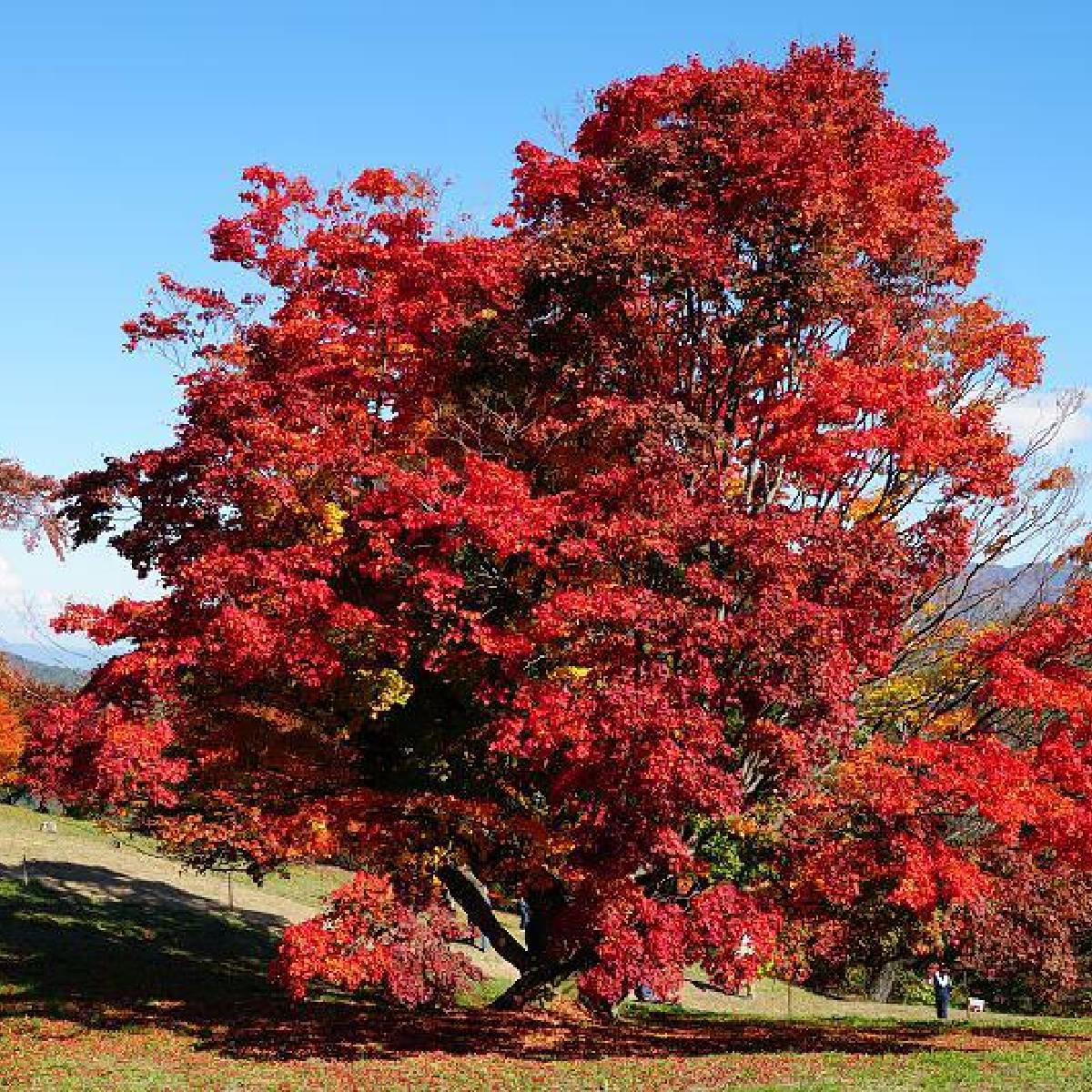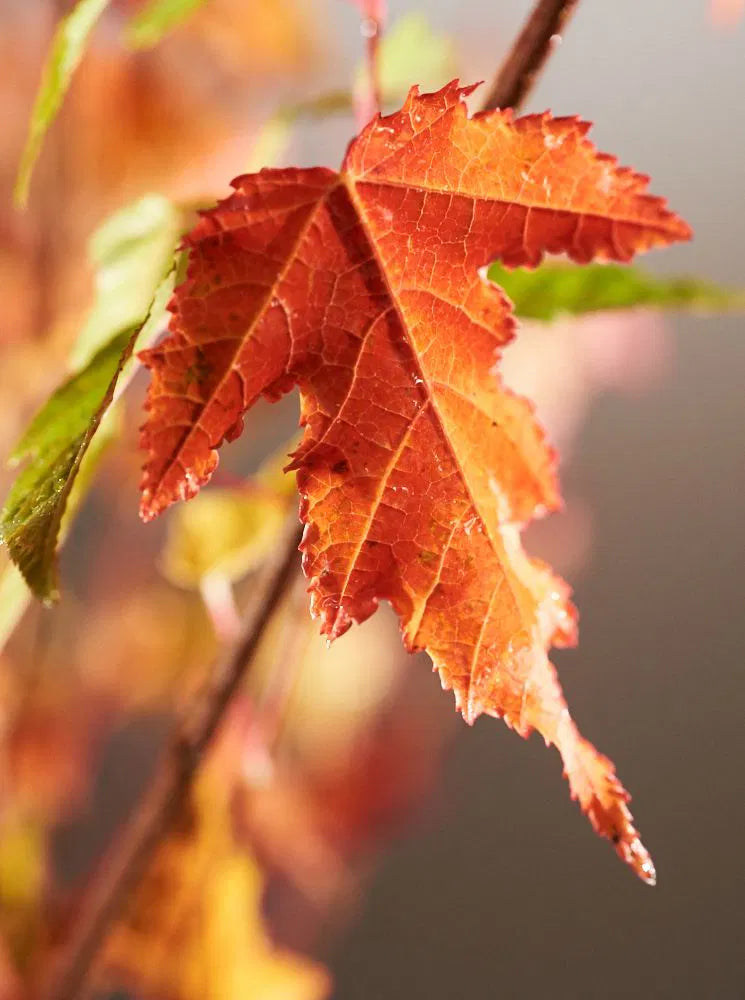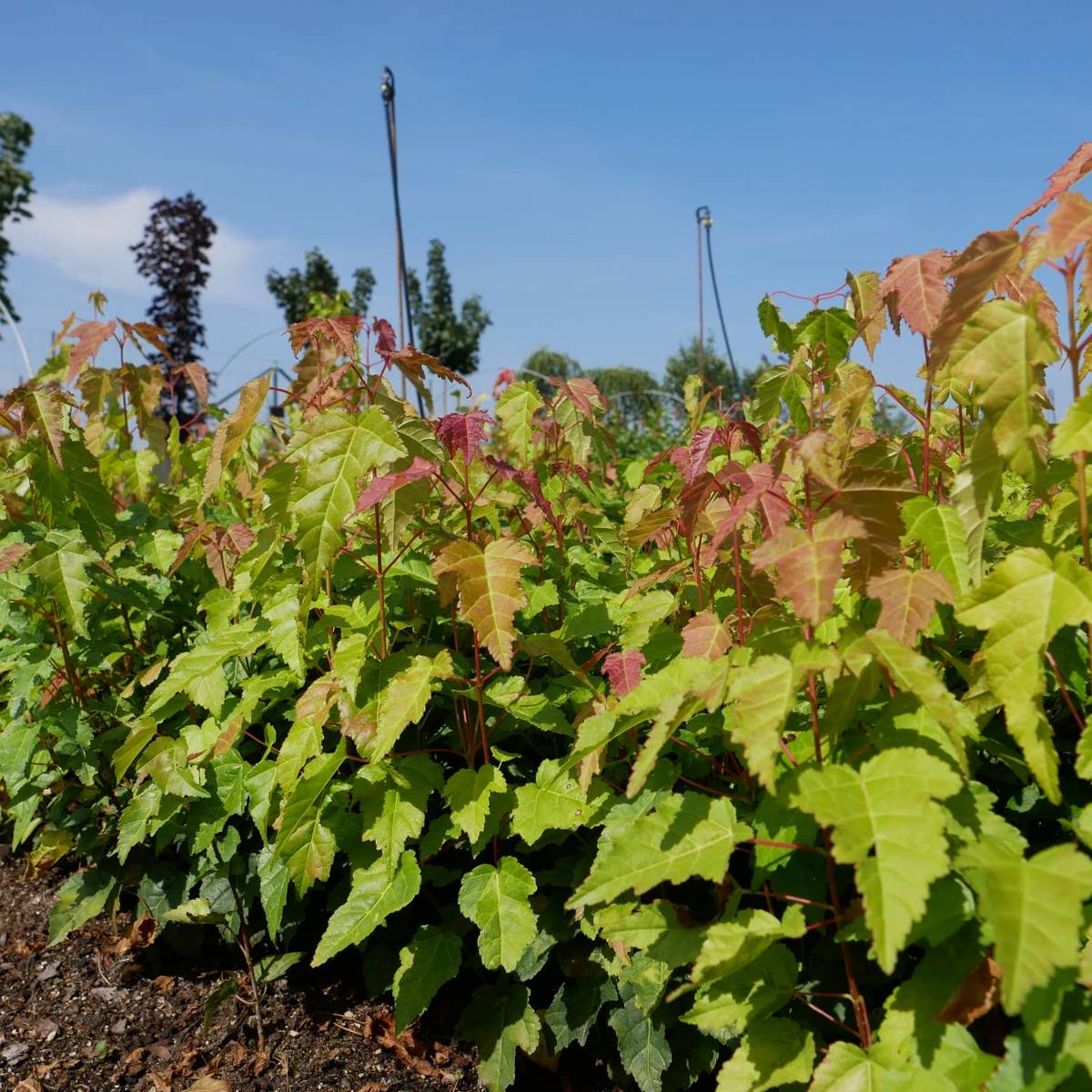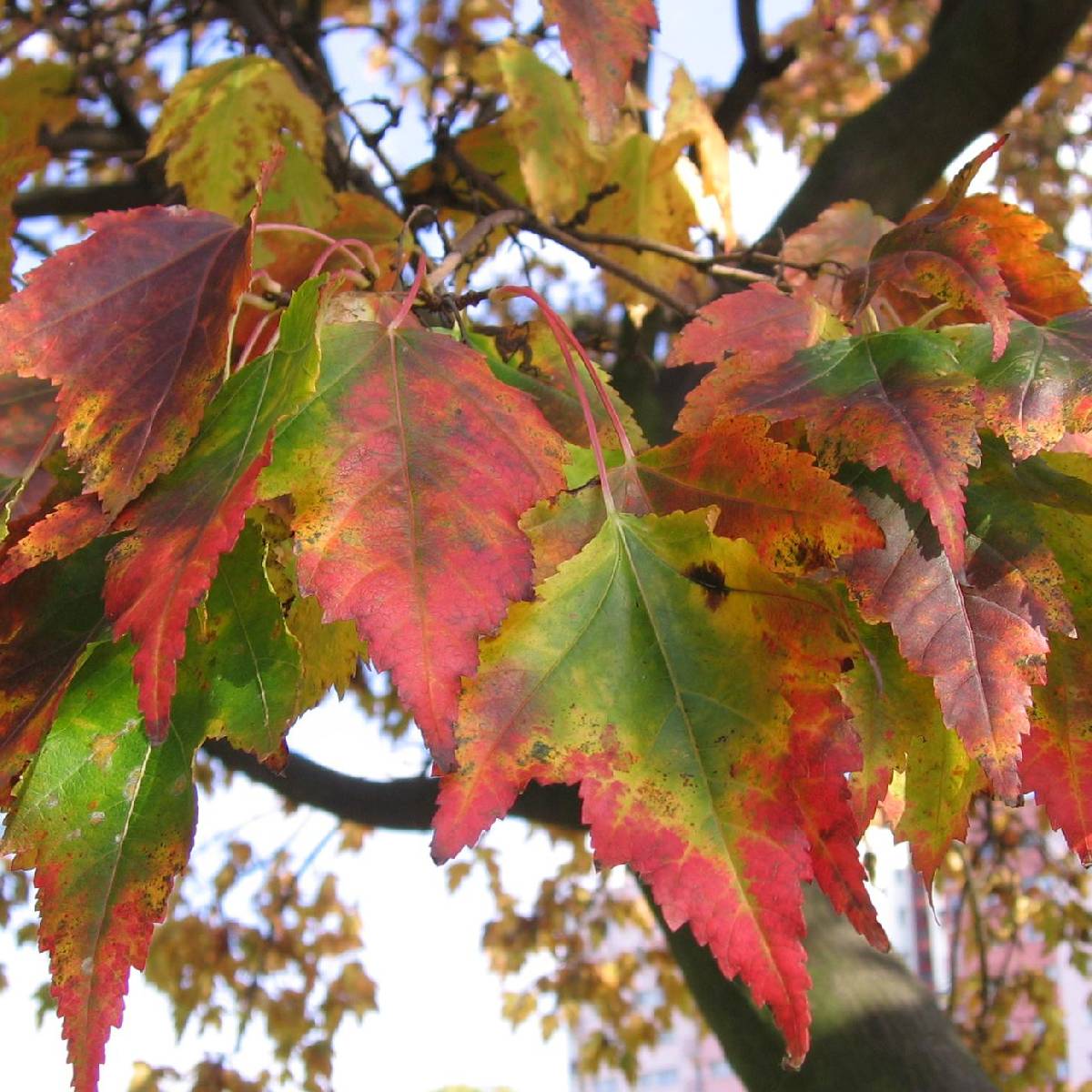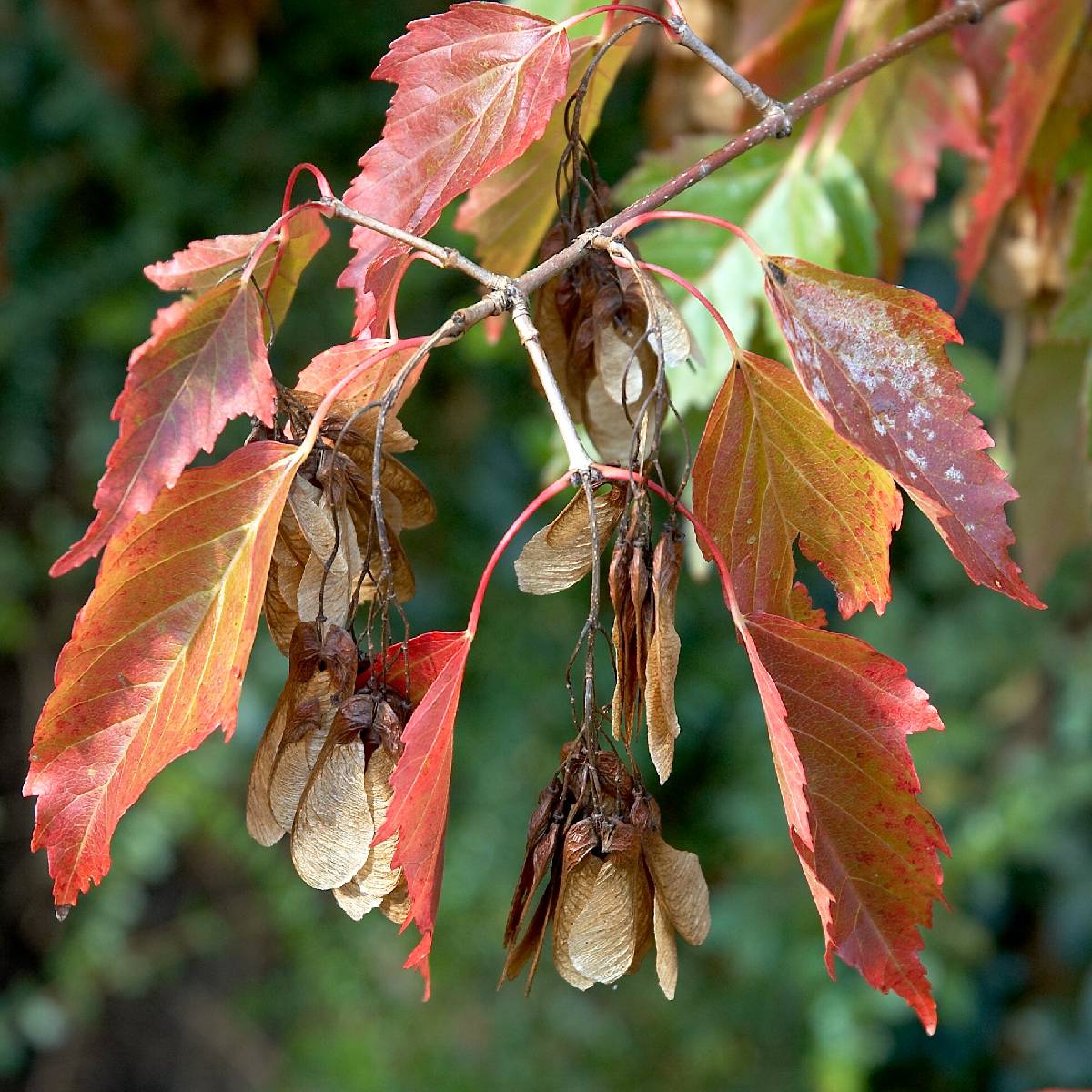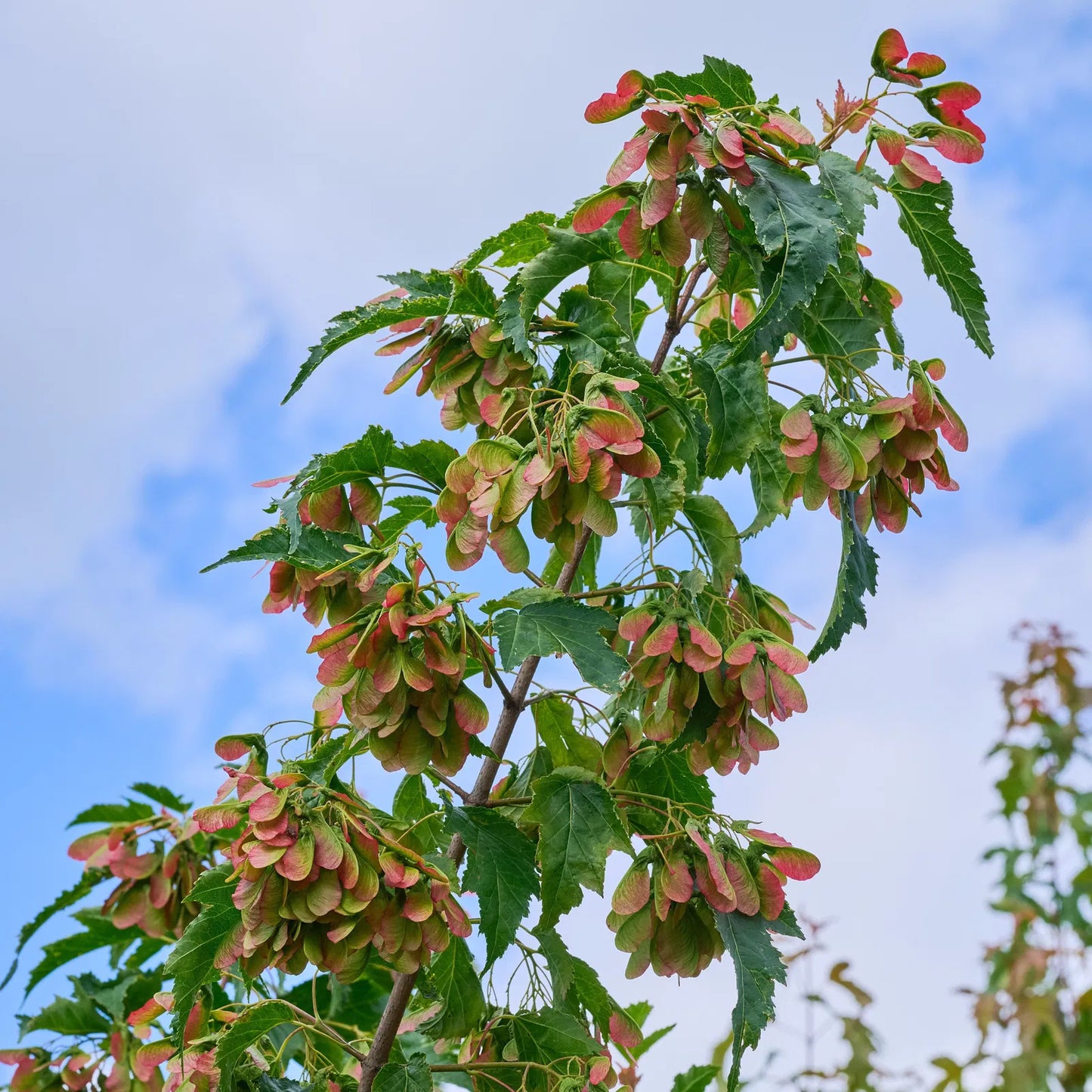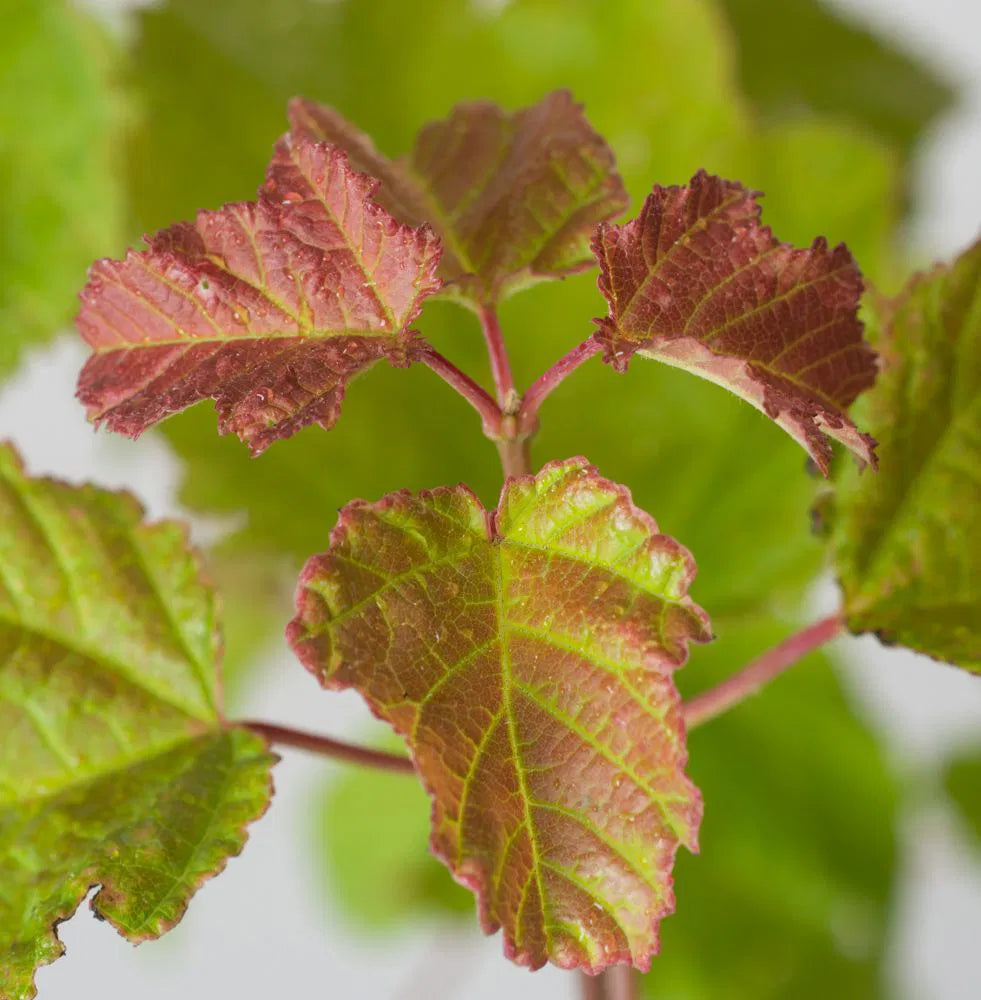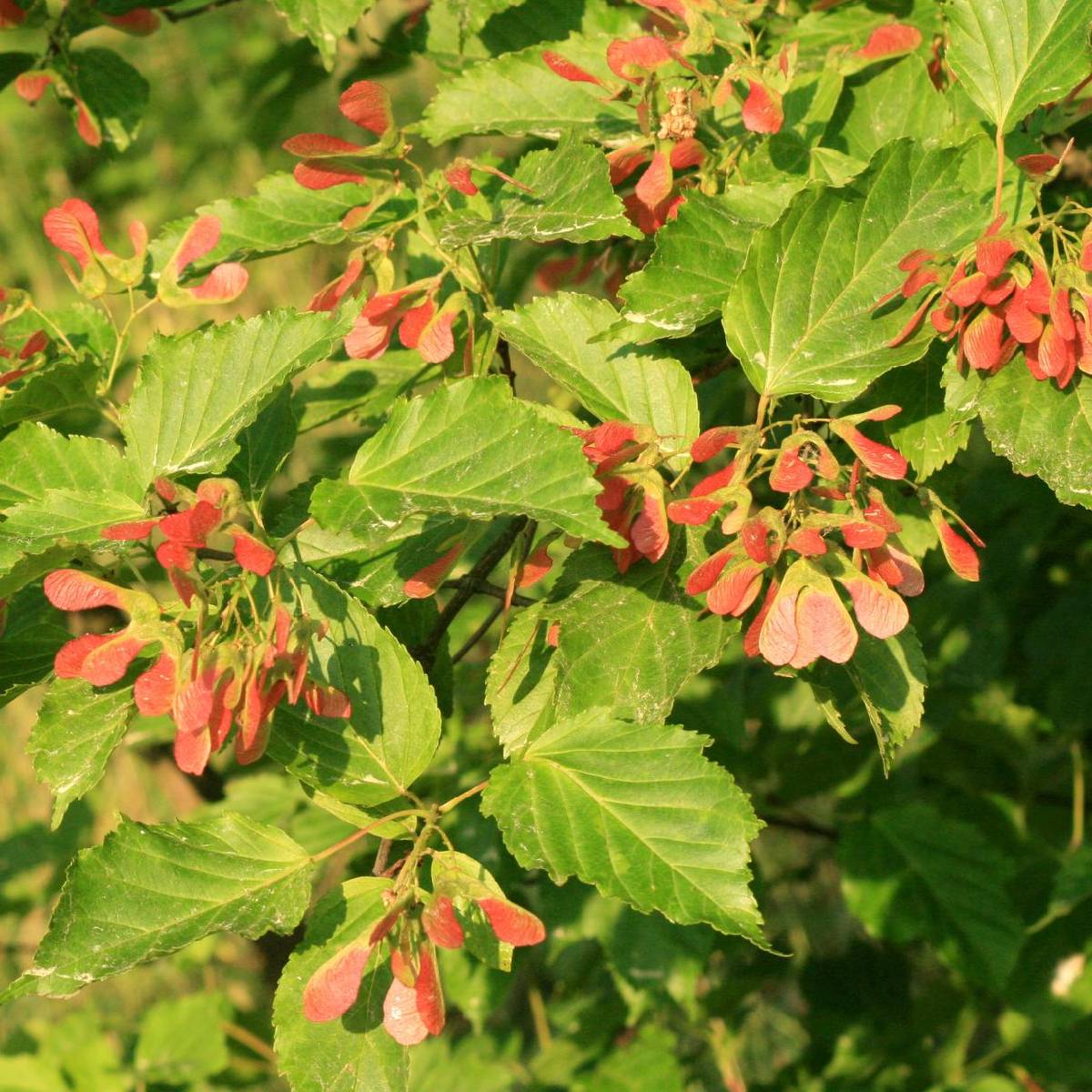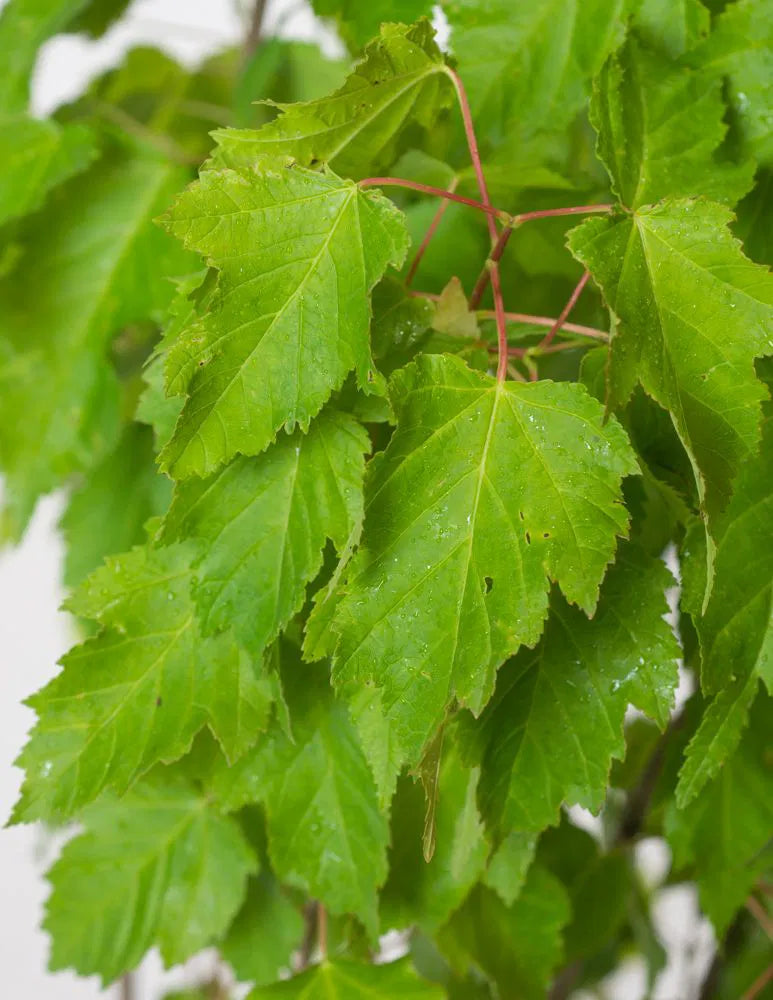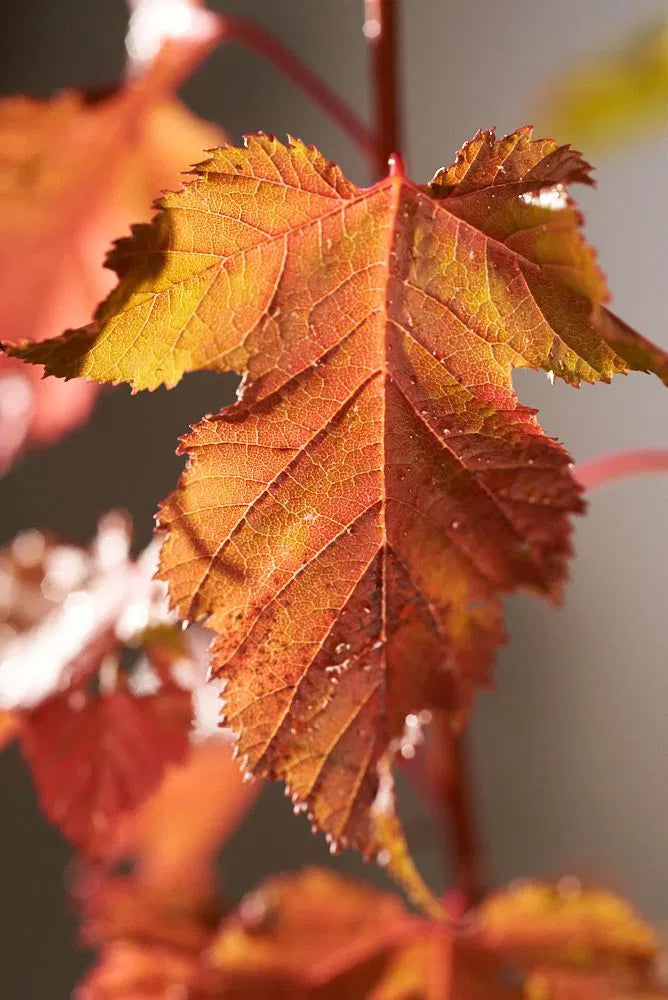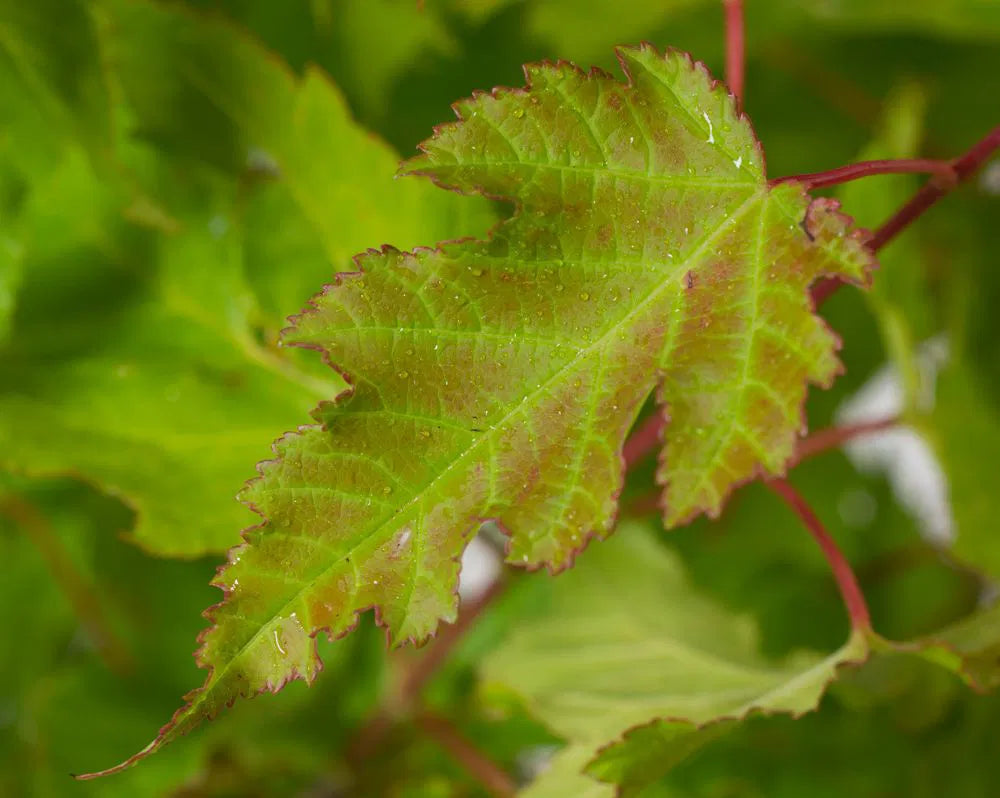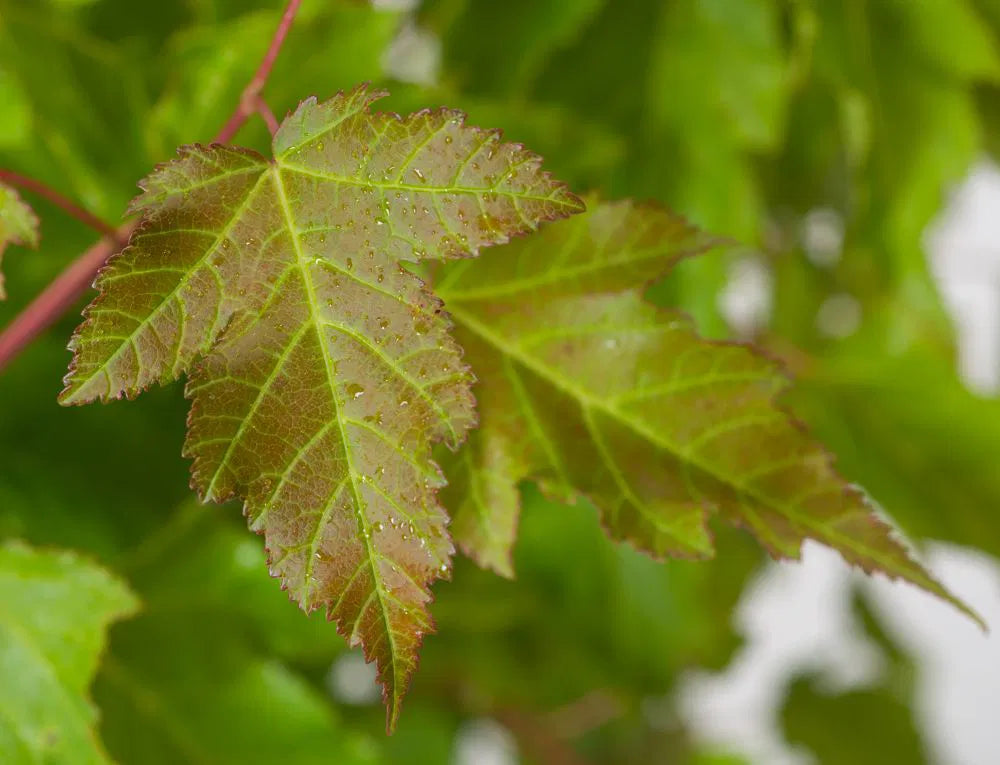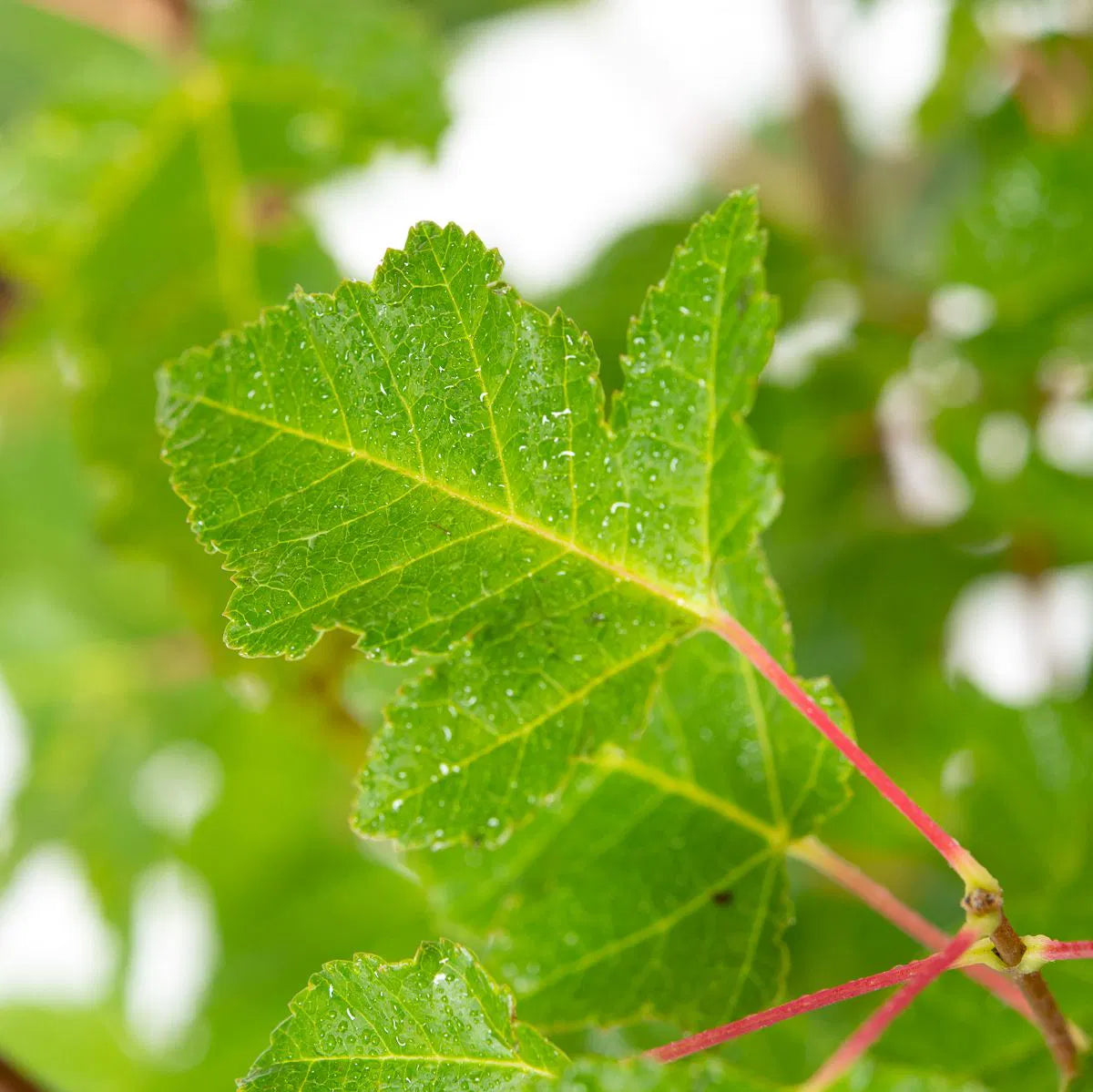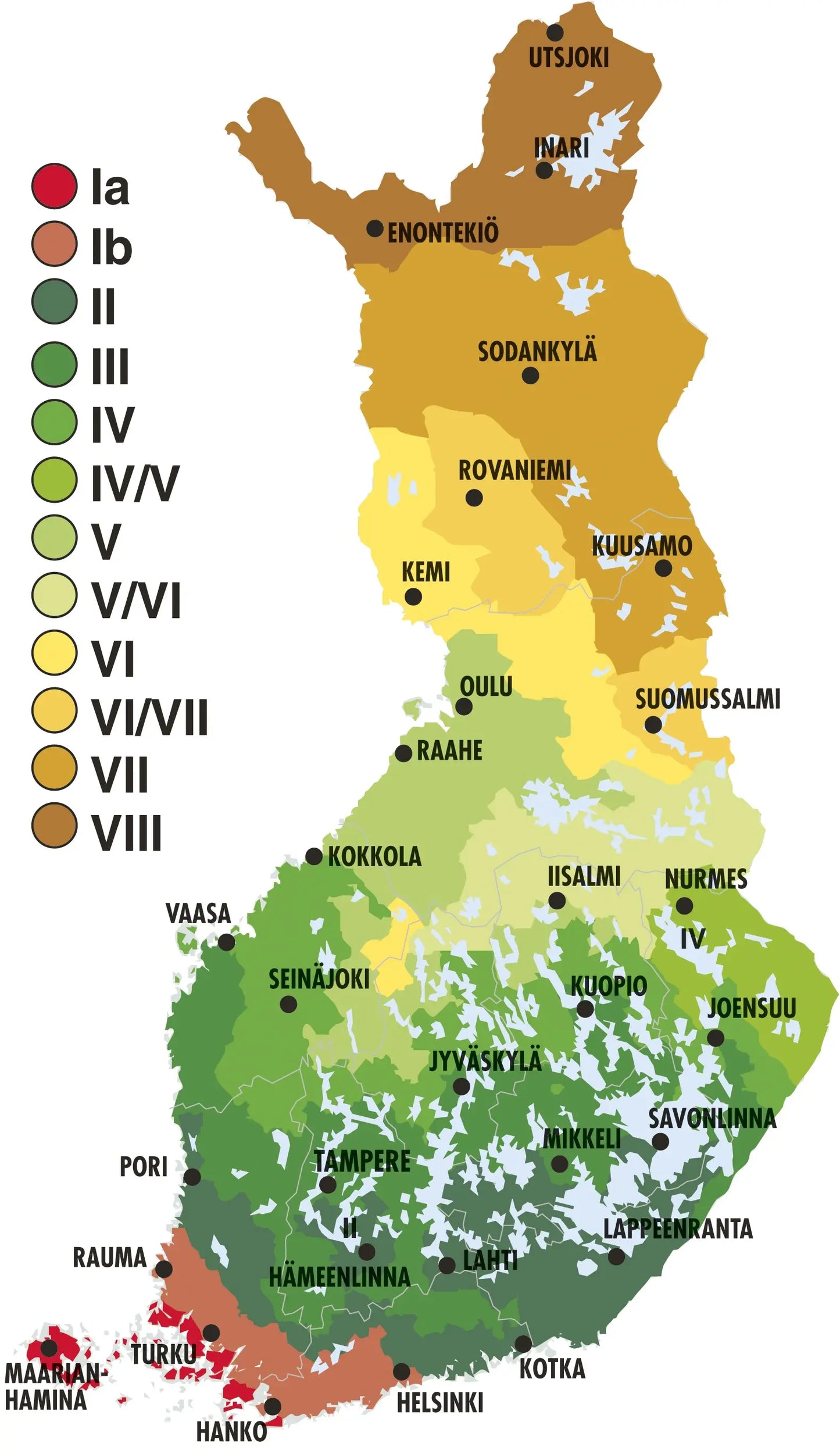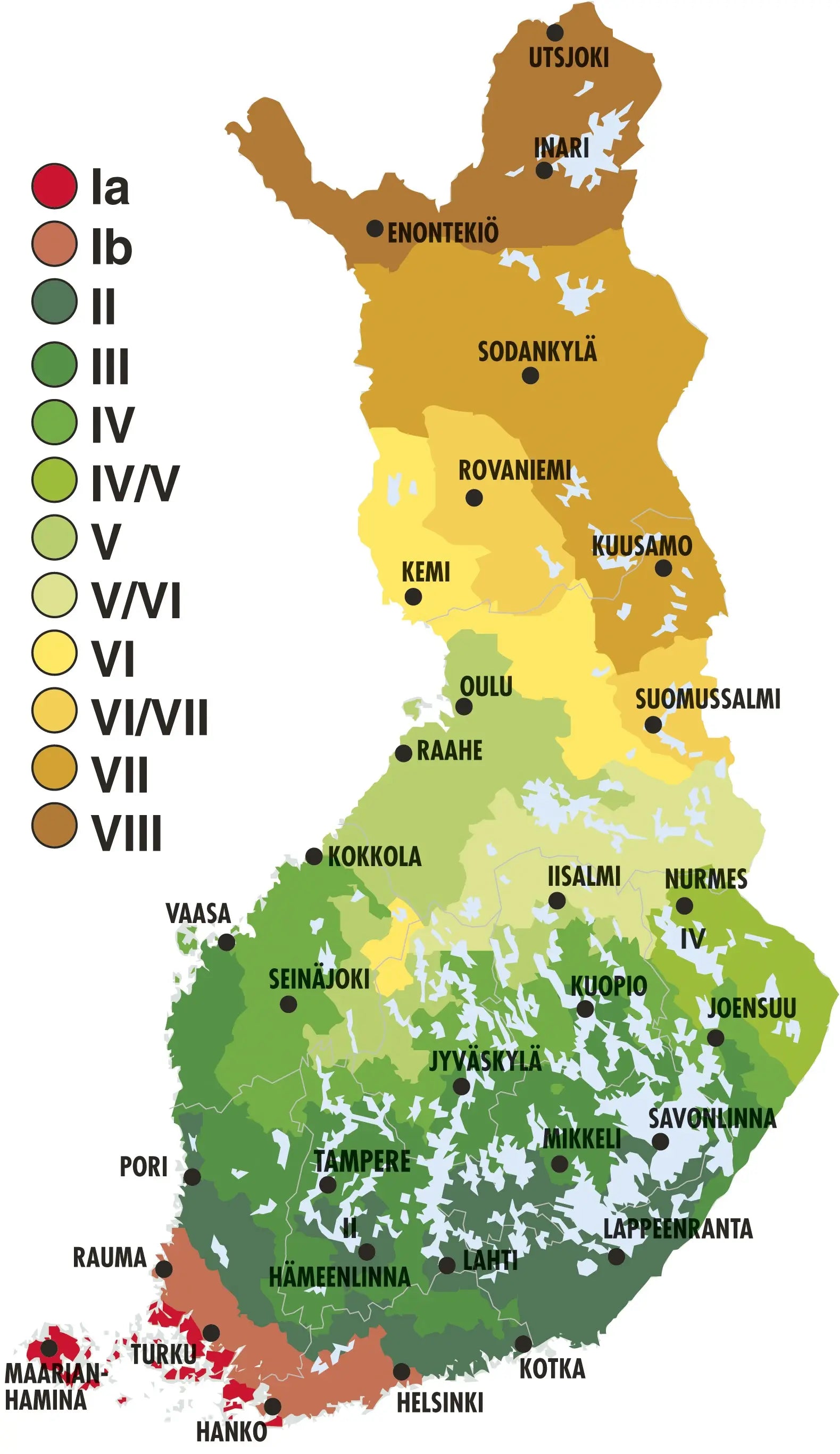Erikoistaimet.fi
Acer tataricum Ginnala Fire - Tatar maple
Acer tataricum Ginnala Fire - Tatar maple
Couldn't load pickup availability




The Tatar maple, which develops into a small tree, comes from the Balkans, from the region that stretches across the Black Sea to the Urals. The Tatar maples planted in the 1910s at the bottom of Pähkinärinte in Mustila are now full-grown trees that delight with their nature all year round: upright flower clusters in spring, reddish seeds in summer, handsome yellow autumn color in autumn and dark, sculptural trunks in winter. The beautiful branching and the seeds that remain on the branches long into the winter add to the decorativeness of the Tatar maple.
Tatar maple is a close relative of Mongolian maple ( A. tataricum subsp. ginnala ) used widely and for a long time in Finland. The leaves of the Tatar maple are almost without slats, and it is more stunted and has stiffer side branches than the Mongolian maple. Tatar maple is actually a multi-trunk tree rather than an ornamental shrub, so it must be given plenty of room to grow. It is winter-hardy at least up to the V zone.
This maple, unpretentious to the substrate, withstands drought, air pollution and frost, planting and cutting - reliable for hedges!!!
Ginnala is an excellent ornamental plant recommended for gardens, parks and landscaping, especially valuable in large naturalistic settings and tree plantations in open landscapes. In cities, it is perfect for larger green areas, such as parks, green areas or as a street tree. Suitable for planting along streets and roads. It can also be used for shaped bushes and naturalistic rows.
Average annual growth: 40 cm
The roots of this plant have been treated with mycorrhiza!
What mycorrhiza gives plants:
Ice
